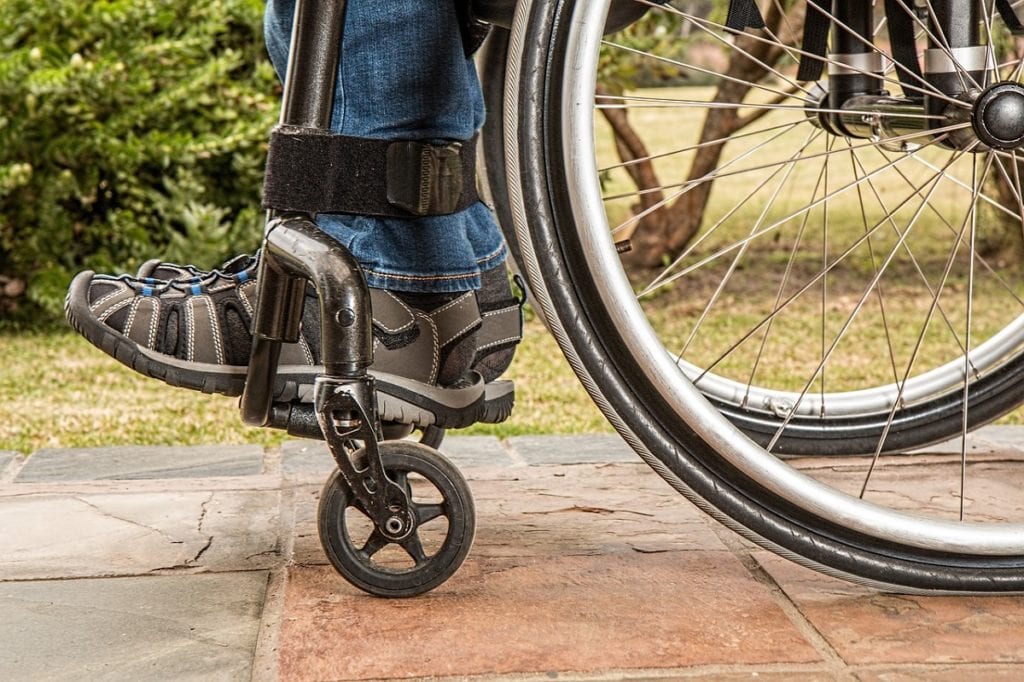Personal injury claims can manifest in multiple ways, and while procedurally many may be similar, no two cases are ever exactly alike. The basis of all personal injury claims is a person suffering some injury or harm. The laws related to personal injury claims are in place to allow for the party at fault to be held responsible, and the injured party to seek a remedy and be “made whole” after suffering injury.
Typical causes of action for personal injury claims can include intentional actions (torts) against an individual, negligence, or strict liability. At the heart of all injury claims are the issues of liability and damages. Liability is the determination of whether the defendant being accused of the harm is responsible, i.e. caused the injury and resulting harm. Damages is a concept that encompasses the harm a person suffered as a result of the injury. For personal injury, typical damages can include medical bills, loss of earnings, future medical care, and pain and suffering.
Personal injury cases may manifest in several different ways. Examples can include intentional torts like battery, motor vehicle negligence, general negligence, premises liability, medical malpractice, and defamation. Car accidents are one of the most common types of personal injury cases which fall under a negligence theory. The essential factual elements of a cause of action for negligence are well established in California and include “(a) a legal duty to use due care; (b) a breach of such legal duty; [and] (c) the breach as the proximate or legal cause of the resulting injury.” (Ladd v. County of San Mateo (1996) 12 Cal.4th 913, 917).
When dealing with claims resulting from car accidents, an early investigation is imperative to determine the factual basis for the accident, what happened, and the extent of the damage to vehicles and people involved. Early and thorough investigation is key for properly setting the basis for a claim, determining which party is at fault, and which persons or entities should be involved in a claim. Traffic collision reports, witness statements, and vehicle inspections often provide valuable information for determining liability.
In defending motor vehicle accidents, an early investigation is also important for purposes of evaluating the parties involved, to ensure that any and all entities that can (and should) be held responsible are involved in defending and resolving the claim. Oftentimes, if there are multiple responsible parties, it can be to the injured parties’ benefit to include all potentially responsible parties in the claim. This can increase the likelihood that the correct party(s) will be held responsible, and also allows the risk for the damages to be spread among multiple sources. Including multiple defendants can increase the chance of recovery in cases where there are small insurance policies or a defendant party is insolvent. Early investigation and evaluation can also help with reporting claims to insurance companies and aid in initial determinations of expected case value.
It is important to determine if you believe you have a personal injury claim and the responsible party for the harm in a personal injury claim as there are time limits, called “statutes of limitations,” that determine the time frame in which an individual must file a lawsuit. In California, the statute of limitations for a personal injury claim is two years from the date of the injury. For an injury that is not discovered right away, the statute of limitations is one year from the date the injury was discovered. Different government entities also may have their own (shorter) deadlines by which an administrative claim must be made. Calculating the deadlines for filing a personal injury claim is not always clear, and it is recommended to speak to an attorney if you believe you have a claim for personal injury to protect your rights.
As all personal injury claims are different, some may resolve early depending on the nature of the claim. In cases that are not complex, where the liability and damages are clearly defined and supported by evidence and documentation, a resolution can sometimes be reached through a settlement at the claims adjustment stage with an insurance company. Other times, claims will progress to the stage where they are filed in court and enter the litigation process. In any case, it is important to have knowledgeable, assertive counsel to help ensure the claim is handled quickly and correctly.
